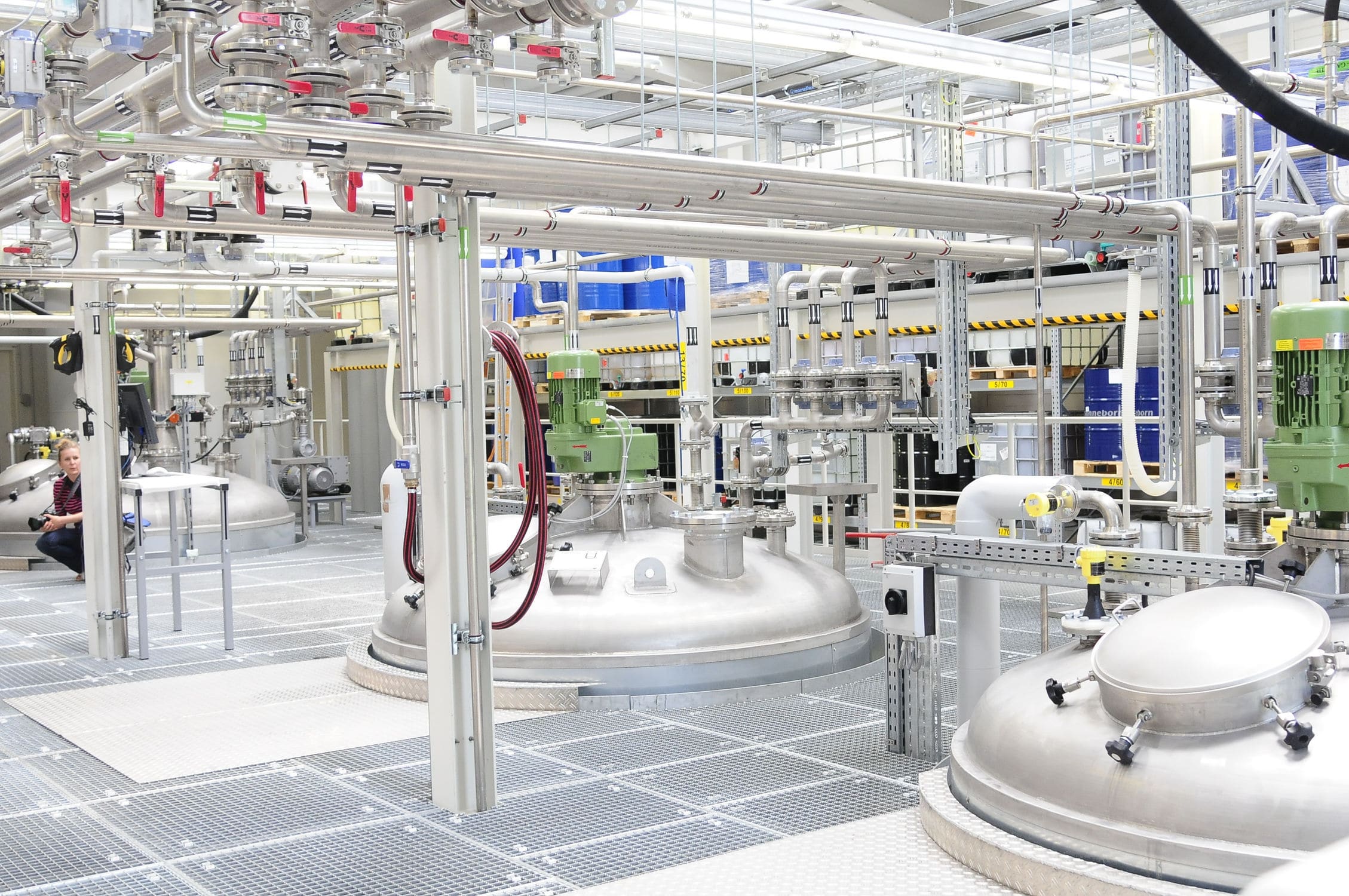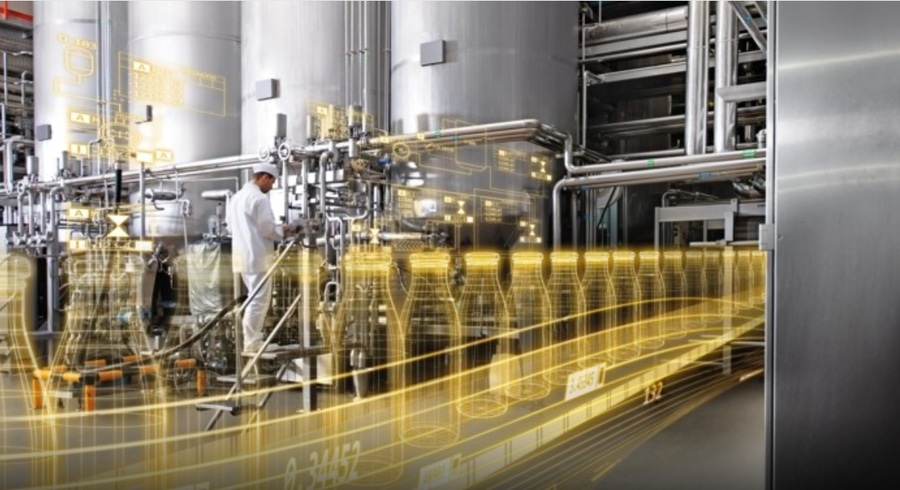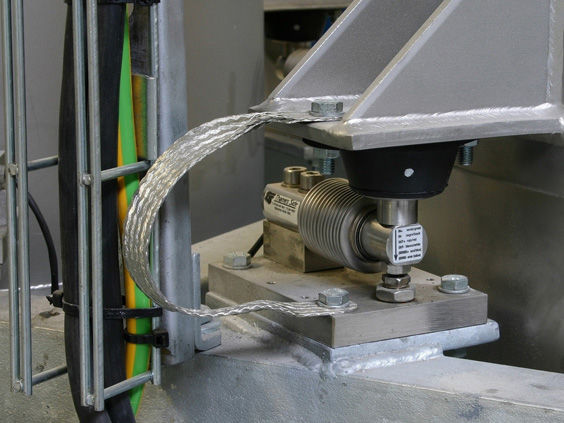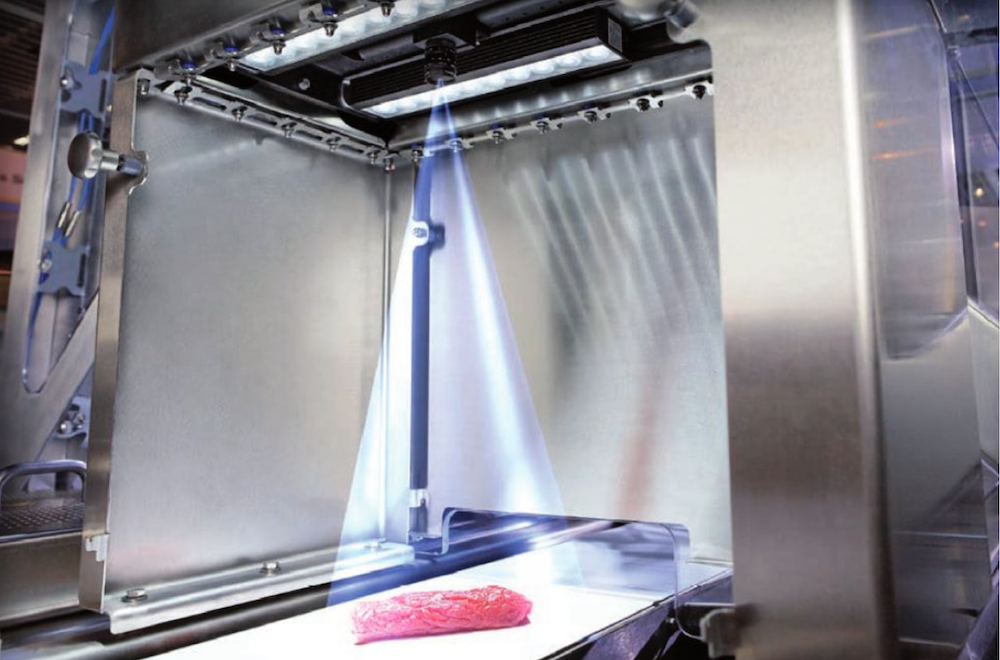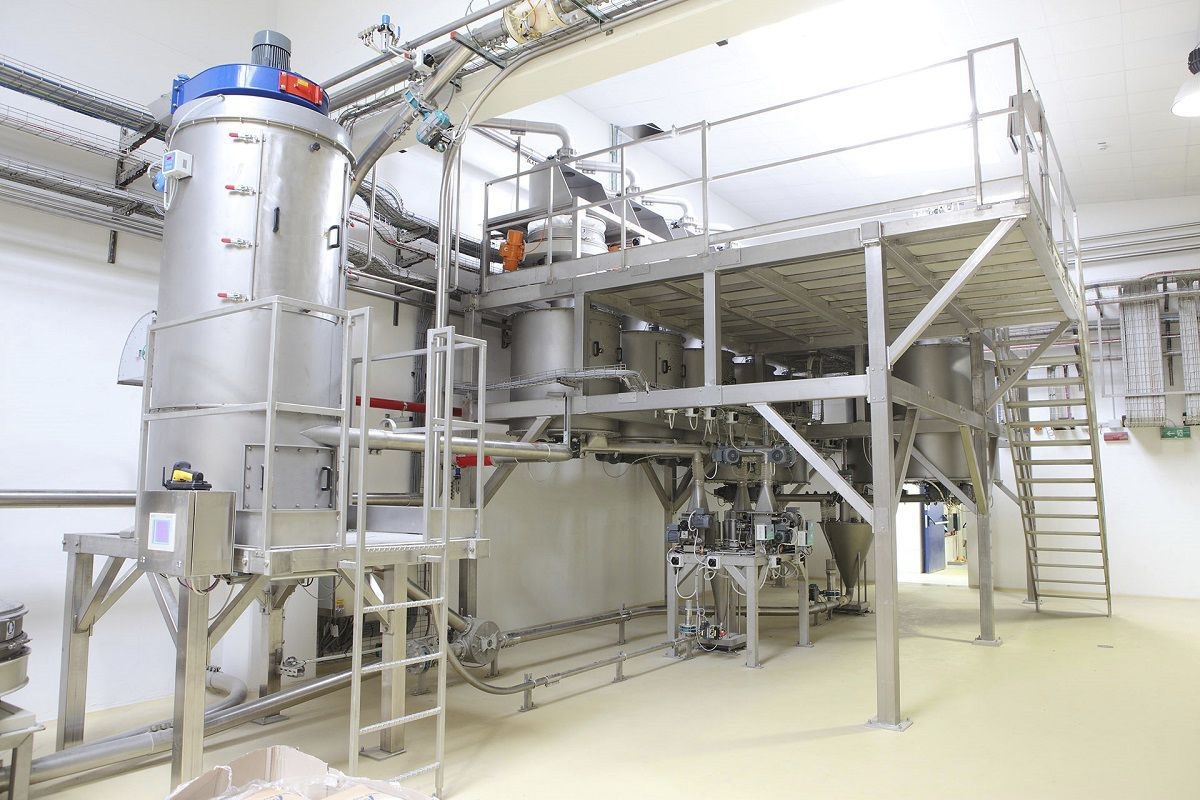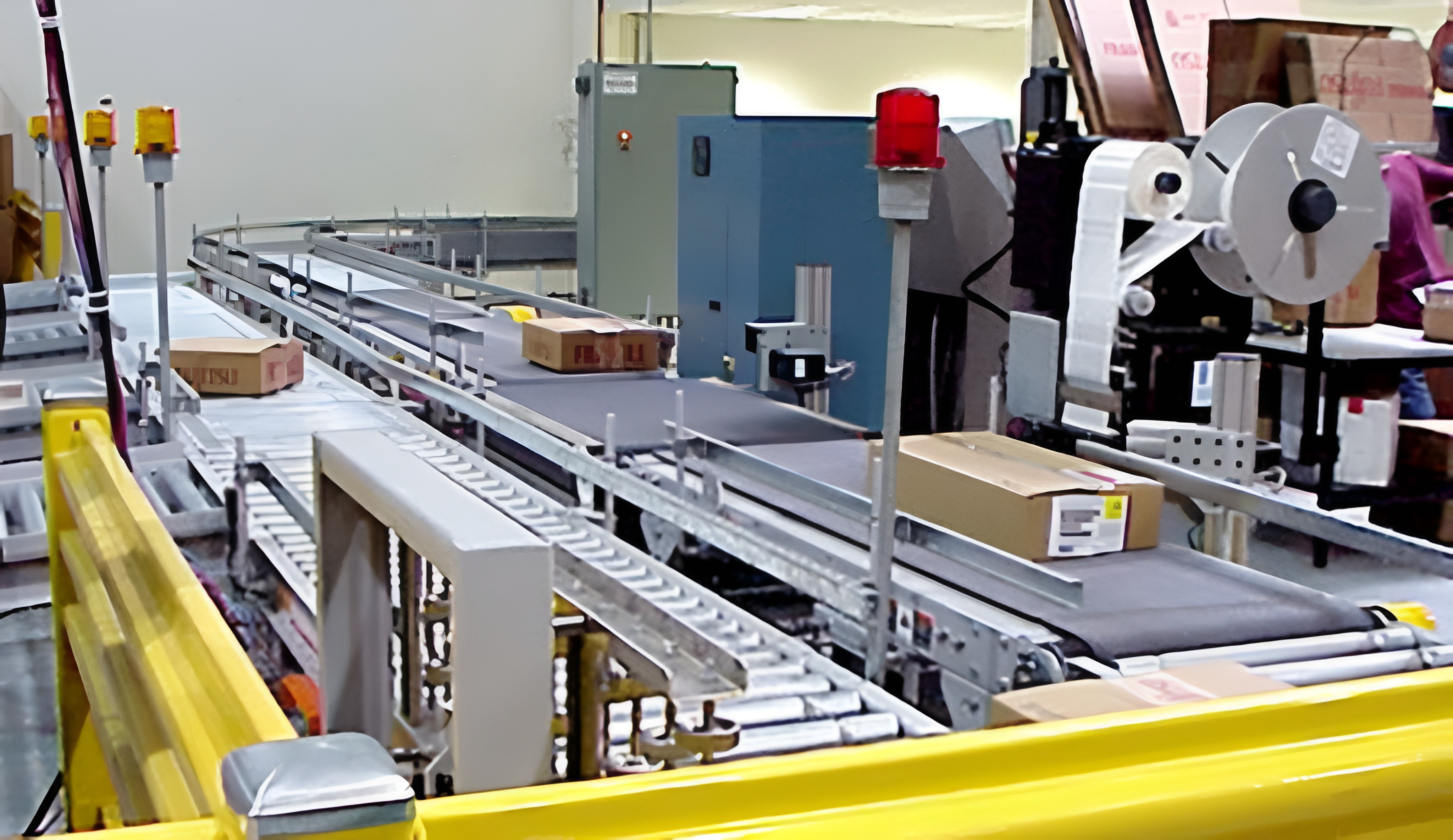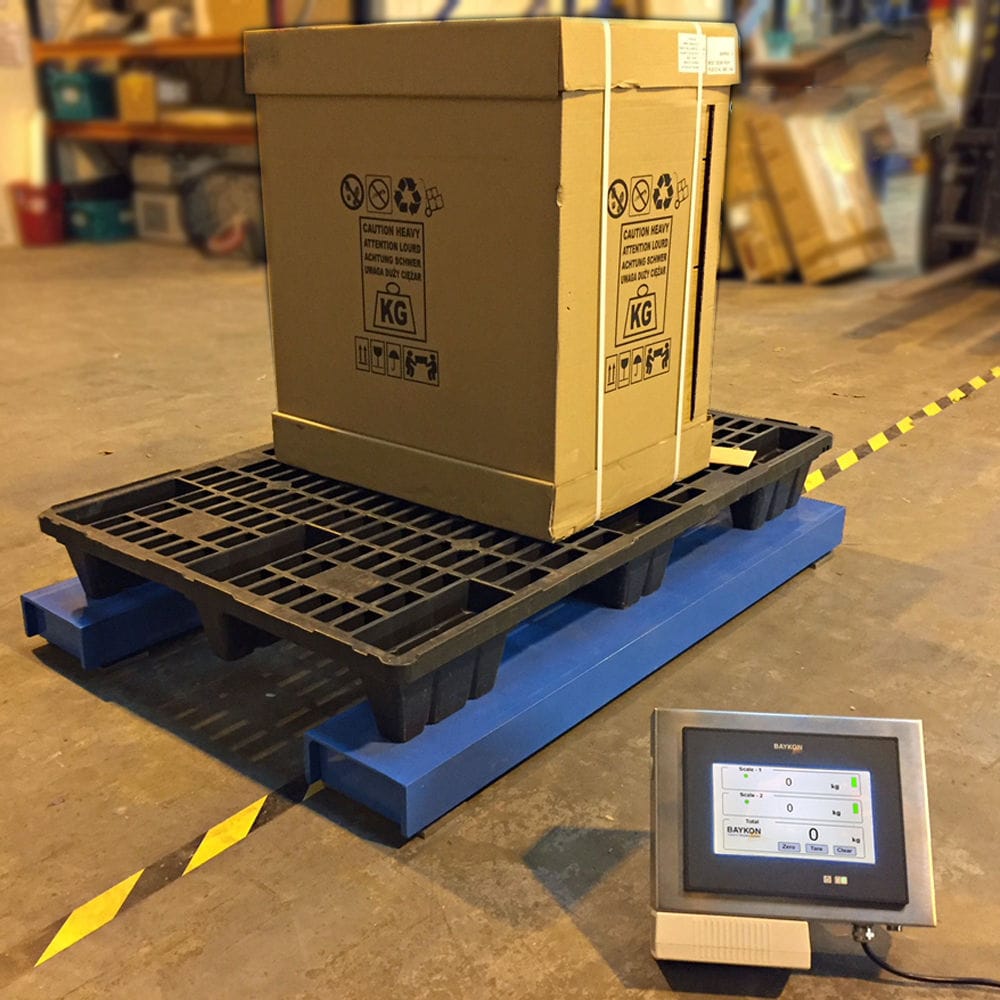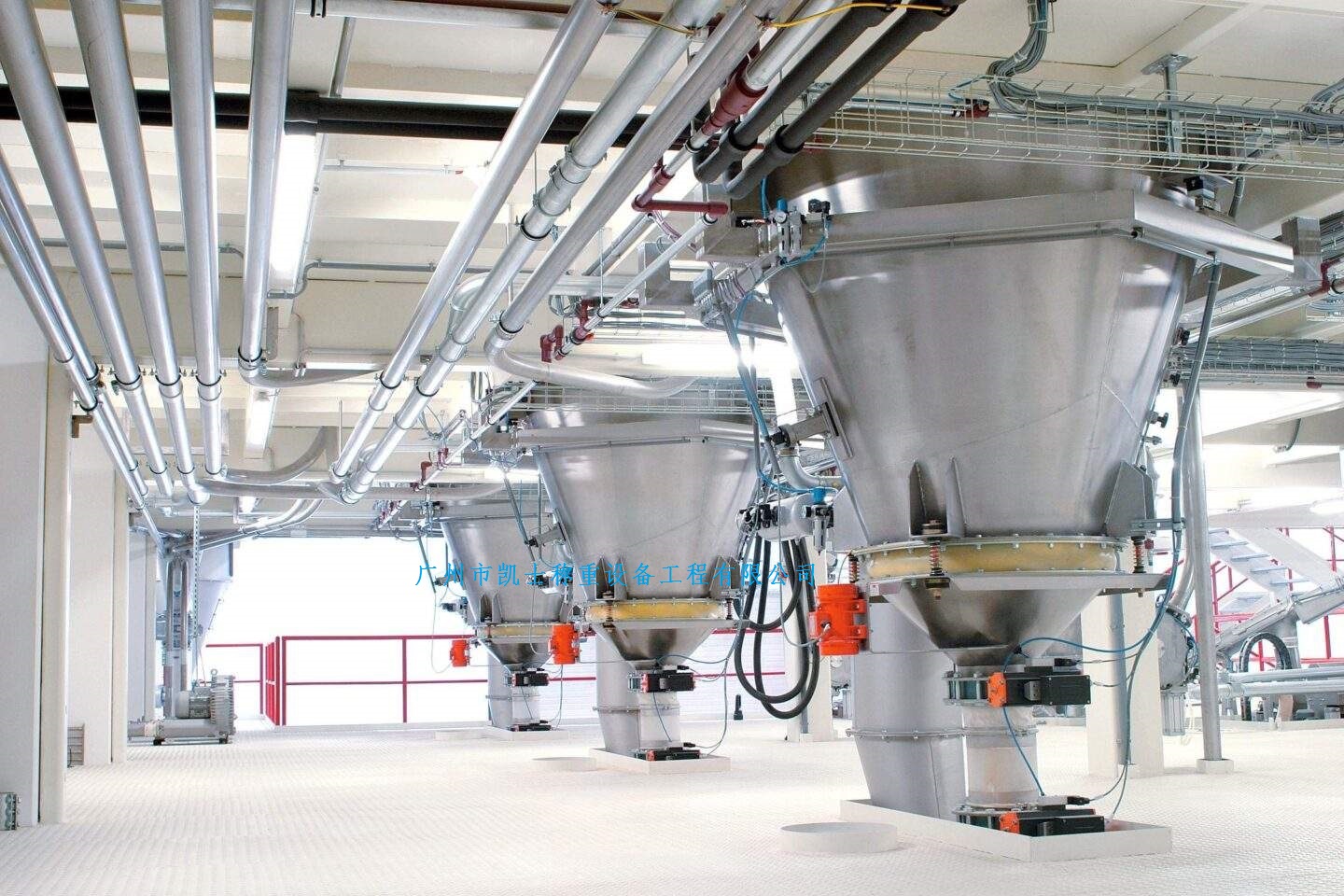

Bulk material scale is generally composed of storage hopper, feeding part, hopper scale, weighing module, discharge hopper, weighing instrument, etc. The feeding and unloading action is automatically completed by the controller through the solenoid valve control pneumatic mechanism, and the execution process and operation site do not need manual intervention. The bottom of the feeding part has one or two fan feeding doors with one or two cylinders to drive the feeding door, the cylinder is controlled by a solenoid valve, the opening position of the feeding door is detected by the proximity switch, the feeding speed is determined by the opening of the feeding door. According to the size of the material density, the coarse feed and fine feed values of the material can be set to optimize the weight of the ingredients. The two-stage feed rate is adjusted.
 020-34563445
020-34563445Bulk material scale can be used for bulk material receipt and delivery, such as warehouse, warehouse, purchase, quantitative loading, loading, unloading and so on. In the delivery state, the controller can first preset the target shipment quantity, and the control system automatically detects the actual shipment quantity and the preset shipment quantity. When the difference between the two is very small (close to the last few buckets), the system will use the calculation results to optimize the batch weighing to ensure that any bucket of material is greater than the minimum weighing quantity, and fully guarantee the weighing accuracy under any conditions to meet the target shipment quantity. In the receiving state, the target shipment can be set to zero. When there is no more material in the weighing bucket after the material is unloaded, the end key can be pressed to automatically unload the material in the weighing bucket, and the weight of the last bucket is added to the total amount to complete the receiving operation.
Bulk material scale is generally composed of storage hopper, feeding part, hopper scale, weighing module, discharge hopper, weighing instrument, etc. The feeding and unloading action is automatically completed by the controller through the solenoid valve control pneumatic mechanism, and the execution process and operation site do not need manual intervention.
Storage hopper In order to ensure the constant flow rate of the material, the storage hopper must be installed above the non-continuous cumulative scale. The capacity of the storage hopper can hold at least the maximum amount of material for the second time. A level meter is usually installed to ensure that there is enough material in the hopper for the level meter to be connected to the control cabinet of the scale. The storage hopper is connected to the feed part of the non-continuous cumulative scale through a flange so that the weighing hopper does not bear this part of the weight.
Discharge hopper The material released from the weighing hopper should enter the discharge hopper without reservation, otherwise the remaining material will be mixed into the next weighing material. In order to avoid this situation, the storage in the discharge hopper should be at least the maximum amount of material at one time, so a level meter should be installed in the discharge hopper. The level meter is connected to the control cabinet of the scale. When there is enough space in the discharge hopper, the weighing hopper will not discharge material.
The bottom of the feeding part has one or two fan feeding doors with one or two cylinders to drive the feeding door, the cylinder is controlled by a solenoid valve, the opening position of the feeding door is detected by the proximity switch, the feeding speed is determined by the opening of the feeding door. According to the size of the material density, the coarse feed and fine feed values of the material can be set to optimize the weight of the ingredients. The two-stage feed rate is adjusted.
The bottom of the weighing bucket has one or two fan-shaped discharge doors driven by a cylinder, the cylinder is controlled by a solenoid valve, and inside the weighing bucket is a level meter with adjustable height. The upper part is suspended in the feeding part and the lower part is placed vertically in the weighing bucket to prevent the overflow of the material in the weighing bucket due to excessive feed flow rate or other reasons. The closing position of the discharge door is detected by an approach switch.
When feeding and unloading, the weighing bucket has an internal air balance tube to compensate for the air pressure difference to reduce the impact of air pressure on the weighing. The balance tube has an automatic vacuum door to let air into the person when discharging dust.
Both sides of the weighing bucket are also equipped with a weight platform (one on each side) for placing the calibration weights. It is also possible to suspend a platform for testing weights from the weighing bucket and place it in a lower horizontal position (e.g. on the floor) to simplify the testing process. Removable wear-resistant lining plates are installed in the weighing bucket under the impact of material flow and wear. Different wear-resistant lining plates can be selected according to different materials, such as wear-resistant steel plates and stainless steel. Ultra high molecular weight polyethylene, etc.




